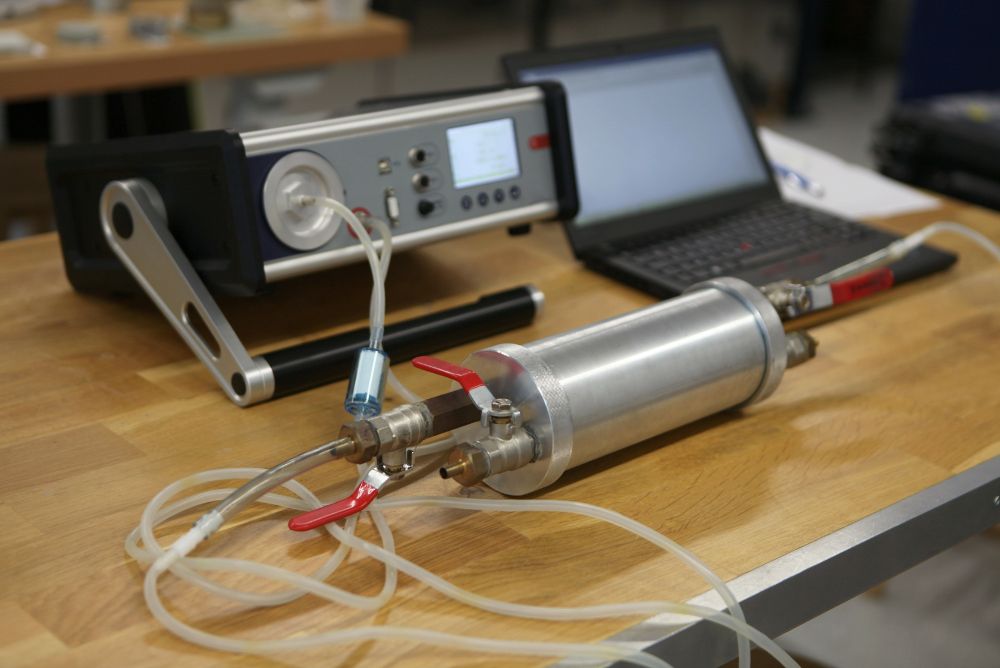Radon is completely odorless, tasteless, and invisible, making it extremely difficult to detect. While you might find it in your basement unexpectedly, it’s a dangerous assumption to think radon gas is only found in basements. Having a basement may increase your risk for high radon levels, but there are multiple ways for radon to enter your home.
How Radon Enters Your Home
It’s no secret that radon can enter your home through porous foundation walls in your basement, but there are many other ways it can seep in. Even if you don’t have a basement, that doesn’t mean you’re in the clear for high radon levels. For example, homes on a slab or with a crawl space may actually be at a higher risk for elevated radon levels because they don’t have the basement as a buffer for further decay before it reaches living areas.
Aside from a porous foundation, radon can also enter your home through a sump well, water faucets, stone fireplaces, and other cracks or gaps. Surprisingly, natural stone countertops and mantels may produce traces of radon as the uranium decays. While it’s usually not enough to put you in immediate danger, you should always test to be sure.
Radon-Resistant Construction
Starting in the 1990s, some home builders began using radon-resistant materials to help prevent the gas from entering living areas. However, these materials only reduce the chances of radon entering your home—they can’t entirely remove the risk of high levels. Therefore, regular testing is still necessary regardless of home type and construction.
The Importance of Testing
Although radon gas exposure doesn’t cause immediate damage, it’s a leading cause of lung cancer that can appear several years after exposure. With that in mind, testing your home at least every two years is the best way to protect your family. Consider getting professional radon mitigation in Aurora, Co, to ensure your household is out of harm’s way.
When you assume that radon gas is only found in basements, you put your entire household at risk for radon exposure. Because this gas is entirely undetectable to your senses, you may never know it’s within your home unless you test. Be sure to test regularly to maintain your family’s safety.


Recent Comments